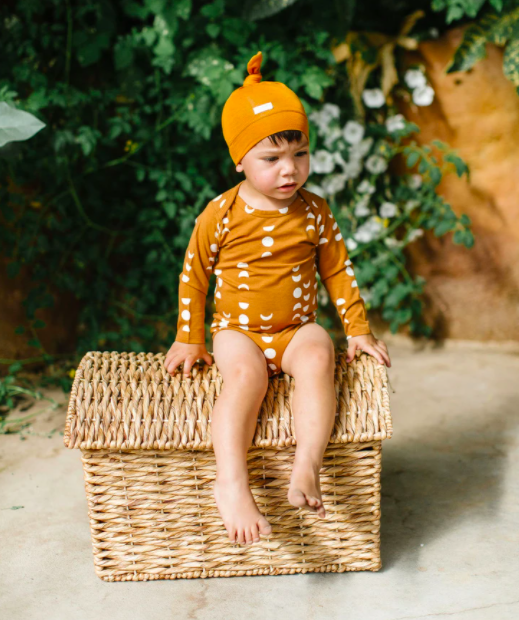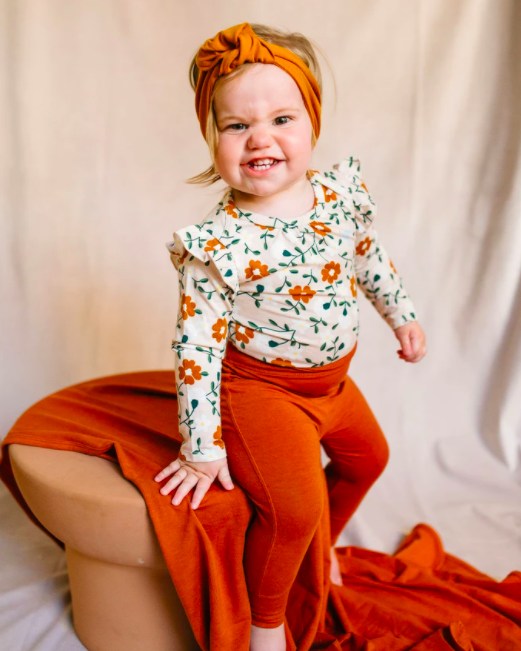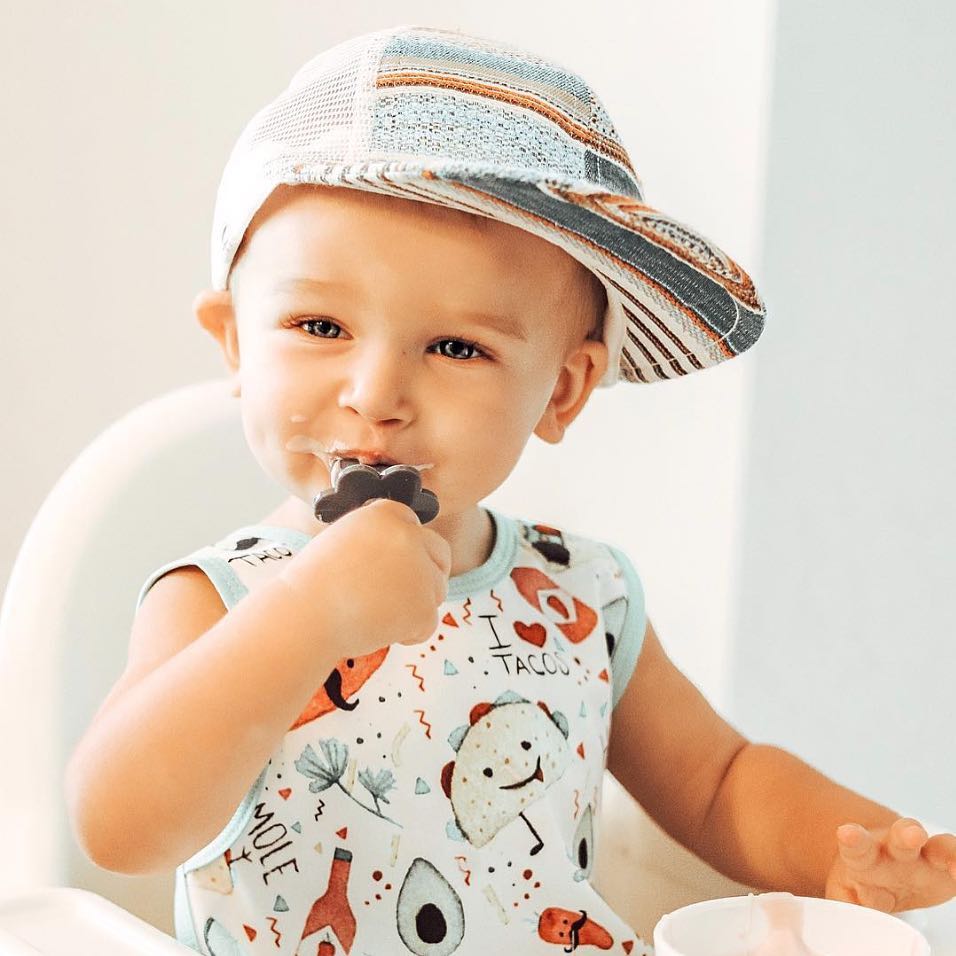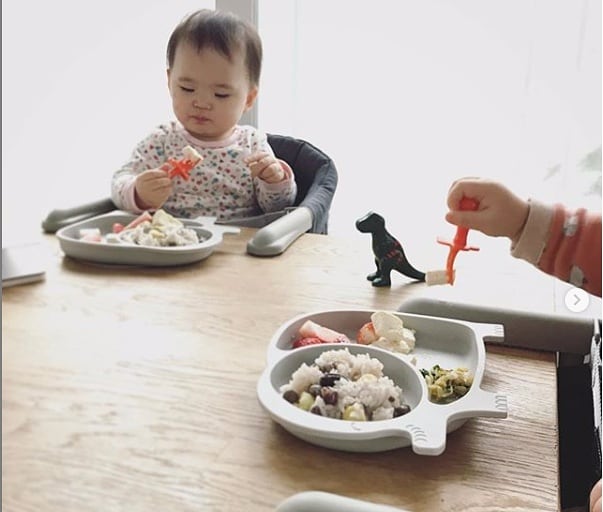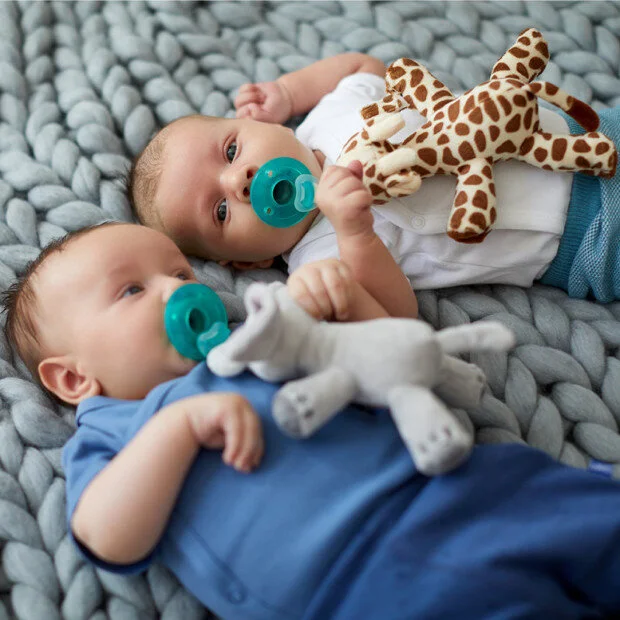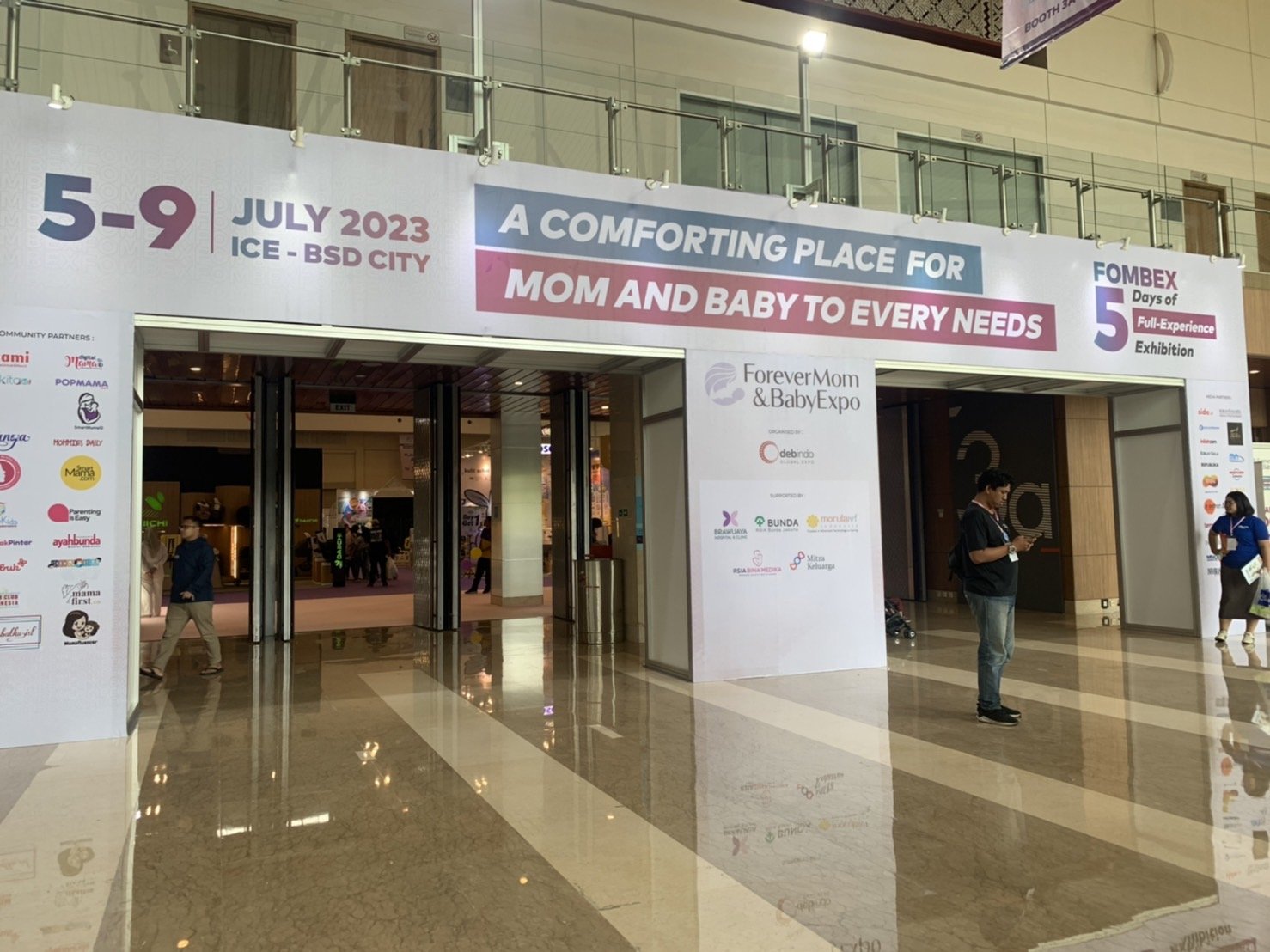Best fabric for our baby in 2021 (Updated)
/We know your little ones need a fabric that will be able to handle their active lifestyle. Curious babies need a fabric that can easily adapt to a variety of conditions. With a whole new world to explore, who knows what they'll get up to!
Cotton fabric is the most popular choice for children's and baby apparel. Cotton is soft and highly absorbent, and it is gentle against a baby's skin. But now is 2021, we have many types of fabric on the market and with so many different types to choose from, where do we start?
Contents:
What is the best fabric for my baby?
It is not the case that if you don’t use a 100% natural fabric, that it will irritate your baby – not at all – but especially if your little cherub has sensitive skin we should consider below points before buying clothes or fabric for our baby.
The primary consideration - Sensitivity & Comfort
Younger skin is more sensitive most of the time. This means that one of first thing you should take into consideration when fabric shopping is that it’s both soft and comfortable. The last thing you want is baby clothes that rub or irritate it.
Comfort should also be a major factor, although this does link it with the sensitivity, ideally, you’d be looking for a soft material, probably smooth. You’ll also need a fabric that will stay soft, and not get rough over time and irritate the child’s skin.
Movement
These early stages of life are important – learning to roll over, lift your head, crawl, walk and so much more. Baby clothes need to allow this movement and not be restrictive, otherwise, it may stunt this all-important development.
Breathability
This one is a little complicated. You will want your baby clothes to be breathable, but this doesn’t necessarily mean that it needs to be a thin or lightweight fabric. A breathable fabric needs to have the ability to allow moisture vapor to be passed through it.
From Loulou LOLLIPOP’s website.
Best fabric for our baby - Tencel
TENCEL™ Lyocell fibre have the ability to combine with a wide range of textile fibre such as cotton, polyester, acrylic, wool, and silk to enhance the aesthetics and functionality of fabrics.
Tencel VS Rayon
Tencel is somewhat similar to rayon because they’re what the industry refers to as “regenerated cellulose” fibers. Manufacturers take wood pulp, dissolve it in a chemical solvent, then push it through an extruder to form the fibers.
The big difference is rayon requires more energy and chemicals to produce, which is both wasteful and toxic for the workers who make it. Tencel, on the other hand, uses chemicals that are less-toxic and get recycled in the process so there’s minimal waste. It also uses wood from trees in sustainably-harvested forests.
From Tencel’s website.
Why Tencel?
Temperature-regulating and soft on sensitive skin.
An allergic reaction to clothing is known as textile dermatitis. Thankfully, there’s a natural fabric called TENCEL™ that not only prevents eczema flare-ups, but also helps boost the healing process. Wearing eczema-friendly clothing can help prevent irritation and reduce inflammation. If you have eczema prone skin - just like me, soft, breathable fabrics with moisture wicking properties are best.
And, a plus point for using Tencel is it made by using three major ingredients; water, organic solvent and wood pulp, meanwhile lowering the use of water, energy and chemicals.
From Tencel’s website.
Should I buy products with Tencel for my baby?
Yes, absolutely! Tencel fibers feel amazing, use sustainable practices, and have high-quality performance features that make it popular for both brands and consumers alike.
One of the greatest attributes of Tencel is 'moisture management'. Tencel absorbs 50% more moisture than cotton which makes it a perfect fabric for children's clothing. In Tencel, sub-microscopic channels between the individual fibre fibrils guarantee exceptionally good moisture absorption and rapid moisture release.
Brand recommendation for baby’s apparel
LOULOU LOLLIPOP is redefining baby goods in pursuit of better, cuter, and safer products for every newborn adventure.
Loulou Lollipop always aims to minimize harmful impacts to the planet by making sure they choose the right materials and utilize energy efficient processes. By choosing TENCEL™ Lyocell Fabric, they are supporting certified, biodegradable material that allows us to drastically shrink our carbon footprint.
The products in the new Loulou LOLLIPOP collection include: Bodysuits, sleepers, headbands, knot hats, turbans, and knit swaddles in an array of adorable seasonal prints and colours. Inspired by the natural colors found in dirt, moss, trees, and rocks, the new Fall collection features earth-tone palettes like sage, umber, slate, oatmeal, and ginger honey. All products were made using the new TENCEL Lyocell fabric.
PS. If you are interested in being Loulou LOLLIPOP wholesaler in Asia. Drop us a message!
Mini Rodini is a Swedish children’s wear brand that was founded in 2006 by illustrator Cassandra Rhodin as a tribute to all children, their imagination and sense that everything is possible. Mini Rodini takes children seriously with playfulness, meaning it is important that children too have clothes that match their own personality, mood and creativity.
From Mini Rodini’s website.





